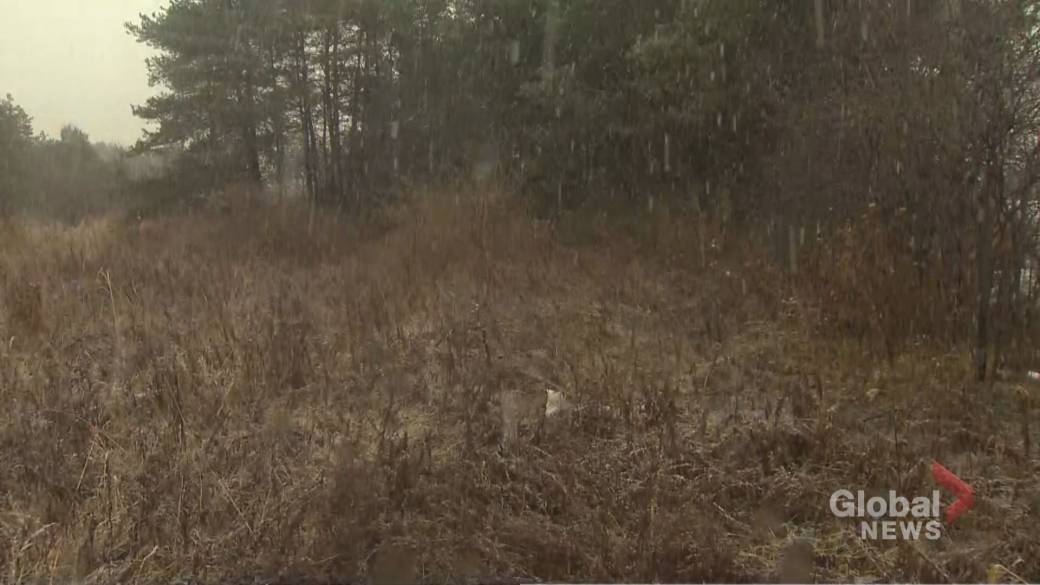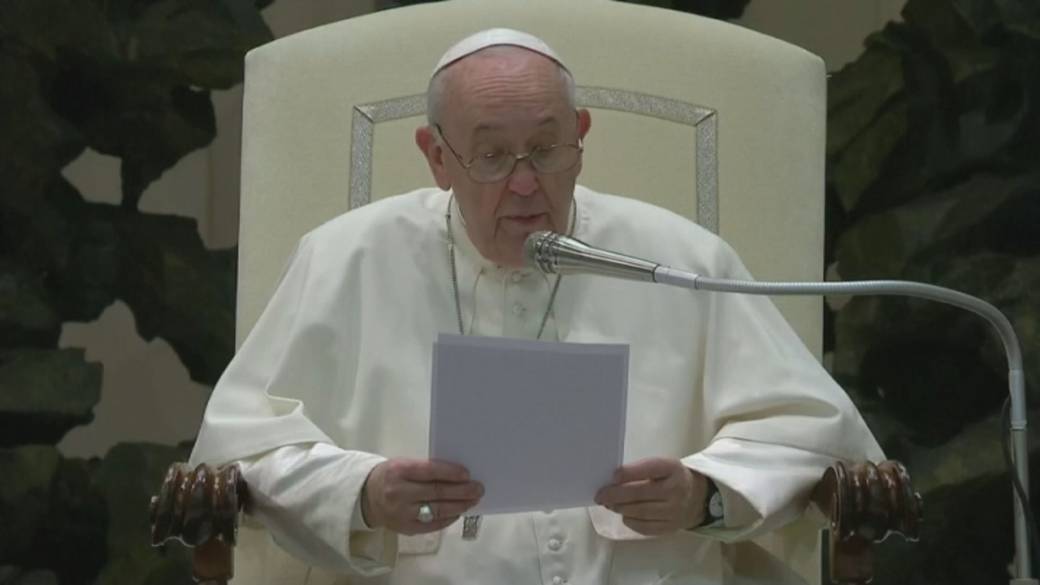The Ottawa city council has given the green light to a new official plan to chart a quarter century of expansion and intensification after a final debate on Wednesday that saw lands for the controversial Tewin community included in the plan for city-wide growth. .
The city council debated more than a dozen motions at its meeting Wednesday, largely to fine-tune specific neighborhood development policies in its new official plan, which will guide the city’s growth through 2046.
Read more:
Ottawa council votes to expand urban boundary
By then, the city is expected to increase its population by some 400,000 new residents and will seek to accommodate that growth through a 60 percent intensification and 1,281-hectare expansion to its urban boundary, the line that divides agricultural land from the city. city of future housing stock.
The new official plan, approved with a 21-2 vote in council but still requiring provincial approval, will turn several existing communities into centers of density and further development around the idea of creating 15-minute walkable neighborhoods. where the most essential services are located near residents’ homes.
The merits of Tewin’s planning are debated
Among the new lands included in the expansion are 445 hectares near Carlsbad Springs in the far east called Tewin, proposed for a 19,000-home development in a joint partnership of the Algonquins of Ontario (AOO) and Taggart Group.
The inclusion of land has been controversial.
Councilors added the Tewin lands to the expansion lands list earlier this year despite staff rating the area lower than other prospective lands based on city planning criteria.
Coun River. Riley Brockington filed a motion seeking to remove the controversial land from the plan and replace an area in South March that was initially included in the staff recommendations and scored higher than the Tewin lands.
That proposal would leave 270 acres of urban land to designate, but Brockington’s motion would have asked staff to find space somewhere in the city in the next five years.
The Tewin lands have been criticized for being too remote from existing light rail and rapid transit stations and for the difficulty of extending infrastructure to the area based on the conditions of the marine clay soil.
Brockington said his motion objected to Tewin’s inclusion based on “planning merits,” considering other areas of the city like South March to be preferable.

“The City Council is charged with making critical decisions that are in the best long-term interest of Ottawa residents and taxpayers,” he said. “Adding the Tewin lands to the urban boundary is not a sensible planning decision.”
But Stephen Willis, Ottawa’s chief planning officer, noted that all of the land good for development has already been included in the urban boundary and that any area that is added will come with challenges.
“There are no good options. There are no easy options, “he said, adding:” Tewin is doable, but it’s expensive. “
Making Tewin fit as a new community in Ottawa can be accomplished through the secondary plan and other incremental development phases in the coming years, he said.
Read more:
Downtown development in Hamilton is the ‘right kind of growth for the time,’ says mayor
Willis noted that the provincial policy statement requires municipalities to maintain a 15-year supply of development land at all times, and that leaving those 270 hectares in the air might not meet those requirements.
As a result, the Minister of Municipal Affairs and Housing could unilaterally decide where those lands will be added to Ottawa’s urban boundary.
West Carleton-March Coun. Eli El-Chantiry, who originally moved to include the Tewin lands, said submitting the official plan for provincial approval with that gap leaves the city “vulnerable.”
While the ministry could still oppose elements of the official plan, both Willis and Mayor Jim Watson, who previously served as Ontario’s Minister of Housing, told reporters after the council on Wednesday that they were confident the plan could continue as is.
Willis said that in his experience, the province “in general” does not override the decisions of elected bodies.
Watson said any problem with the official plan would have to be “so out of step” with the provincial policy statement to justify sending a municipality to the drawing board on any individual item.
Aspects of reconciliation questioned
The mayor, meanwhile, has presented the lands as an example of reconciliation with First Nations in the area, but Algonquin Anishinabeg groups across the Ottawa River in Quebec have opposed those claims over long-standing concerns that the AOO does not represent the Algonquin nation as a whole. .
The AOO, in turn, has upheld the “rigorous enrollment criteria” established for its members.
Read more:
Nine Algonquin Nations Reject Ottawa Land Project Labeled ‘Reconciliation’ Effort
Concluding Brockington’s motion, Watson said “today’s decision is about planning, not land claims.” But he went on to say that the city should go “beyond symbolism” when it comes to making territorial reconnaissance of Algonquin Anishinabeg’s incessant territories in its defense of Tewin’s inclusion.
He said AOO had the right to develop the land they bought with Taggart outside of the claims of settlements with the province and the federal government.
“The Ontario Algonquins should be able to define what reconciliation is for them, it’s not our job to dictate that,” he said.
Somerset County. Catherine McKenney asked Watson if he had responded to letters from Algonquin bosses expressing concerns about Tewin’s inclusion. He said during the council that he had written twice to the leaders and had received no response as of yesterday, but has yet to respond.
Brockington’s motion to remove the Tewin lands from the urban boundary expansion was rejected with a vote of 8 to 15, the same division for the final vote that approves the general map of the expansion lands later in the meeting.

© 2021 Global News, a division of Corus Entertainment Inc.
Reference-globalnews.ca